Microsoft Power Platform Solution Architect PL600 Course Outline
Module 1: Becoming a Solution Architect for Dynamics 365 and Microsoft Power Platform
- Introduction to Becoming a Solution Architect
- Existing Product and Platform Skills
- Expectations of a Solution Architect
- Solution Architect Role During Project Phases
- Pillars of a Great Architecture
Module 2: Discover Customer Needs as a Solution Architect for Dynamics 365 and Microsoft Power Platform
- Introduction and Discovery Overview
- Initial Customer Discovery
- Customer Discovery Meetings
- Customer Communication Strategy
Module 3: Propose a Solution as a Solution Architect for Microsoft Power Platform and Dynamics 365
- Introduction and Overview to Proposing A Solution
- Identify Solution Components
- Develop and Validate a Demo
- Identify Potential Third-Party Components
- Recognise Strengths and Weaknesses in a Solution
Module 4: Work with Requirements for Microsoft Power Platform and Dynamics 365
- Introduction
- Lead Requirement Capture Sessions
- Identify Functional Requirements
- Identify Non-Functional Requirements
- Confirm and Finalise Requirements
Module 5: Perform Fit Gap Analysis
- Introduction to Fit Gap Analysis
- Determine Feasibility of Requirements
- Refine Requirements from Proof of Concept Insights
- Categorise Business Requirements and Perform Gap Fit Analysis
- Evaluate Dynamics 365 and Microsoft Power Platform Apps
Module 6: Solution Architect Series: Implement Project Governance for Power Platform and Dynamics 365
- Introduction to Project Governance
- Project Governance
- Solution Architect’s Role in Project Governance
- Techniques for Keeping a Project on Track
- Work as a Team
Module 7: Solution Architect Series: Power Platform Architecture
- Introduction
- Environments
- Environment Data Location
- Work with Data
- Custom Logic
- Platform Limits
- High Availability and Disaster Recovery Considerations
Module 8: Solution Architect Series Model Data for Power Platform Solutions
- Introduction
- Common Data Model
- Data Modeling
- Choose a Data Store
- Data Modeling for Dataverse
- Best Practices for Dataverse
- Exercise - Model Data
- Architecture of Fabrikam Data Model and Devices
- Report Data and Handle Primary Visitors
- Handle Visitors, Waivers, and Photos
- Example Data Model Solution
Module 9: Solution Architect Series: Evaluate Power Platform Analytics and AI
- Introduction
- Power Platform Reporting Capabilities
- Power BI Overview
- Data Requirements
- Power BI and Power Platform
- Dataflows
- AI
Module 10: Solution Architect Series: Explore Power Apps Architecture
- Introduction
- Common App Patterns
- App Composition
- Components
- Optimise Canvas Apps
- Microsoft Teams and Power Apps
- Portal Apps
Module 11: Solution Architect Series: Plan Application Lifecycle Management for Power Platform
- Introduction
- Key Considerations For ALM
- Solutions
- Configuration and Reference Data
- Release Process
- ALM With Azure Devops
Module 12: Explore Power Automate Architecture
- Introduction
- Triggers
- Common Actions
- Error Handling
- Best Practice
- Business Process Flows
Module 13: Solution Architect Series: Model Security for Power Platform Solutions
- Introduction
- Environment Security
- Data Loss Prevention
- Access to Dataverse
- Security in Apps
- Exercise - Security Modeling
Module 14: Solution Architect Series: Implement Integrations with Power Platform
- Introduction
- Integration Challenges
- Inbound Data Integration
- Outbound Data Integration
Module 15: Solution Architect Series: Explore Power Virtual Agents
- Introduction
- Chatbot Building Options
- Chatbot Concepts
- Best Practices
- Integrate Chatbots
- Power Virtual Agents in Teams
Module 16: Solution Architect Series: Explore Robotic Process Automation
- Introduction
- Power Automate for Desktop
- Record and Edit Tasks
- Run Desktop Flows
- Process Advisor
Module 17: Solution Architect Series: Testing and Go-Live
- Introduction
- Plan for Go-Live
- Data Migration
- Plan for Go-Live






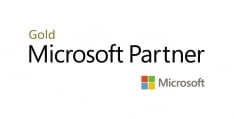

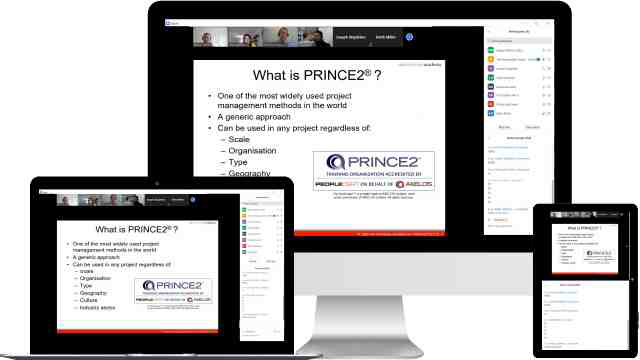
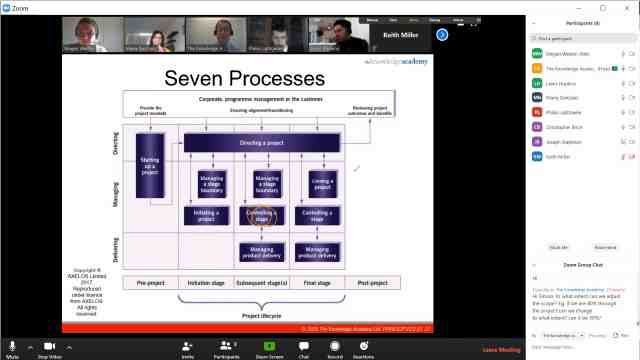
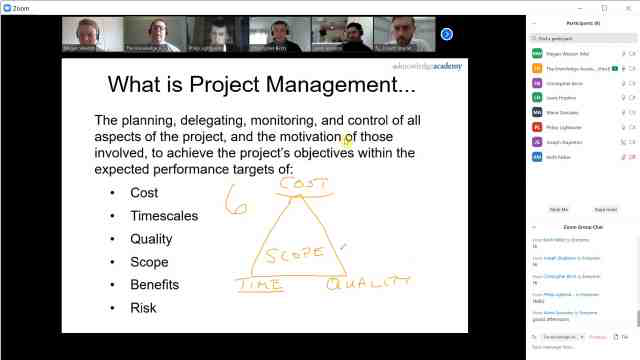
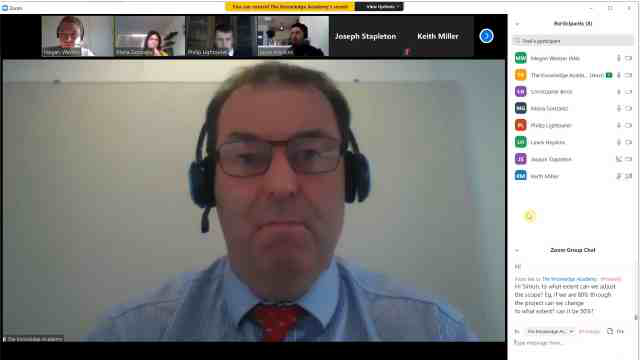
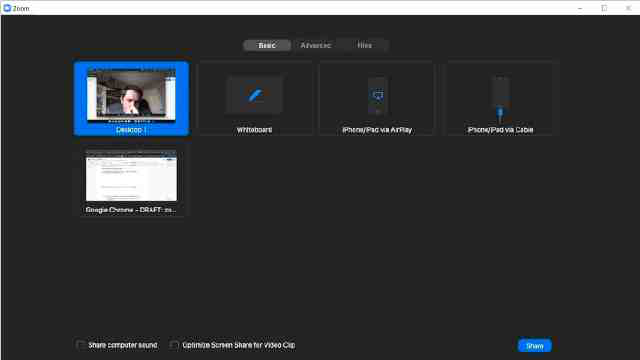






























 Back to course information
Back to course information




 If you wish to make any changes to your course, please
If you wish to make any changes to your course, please

